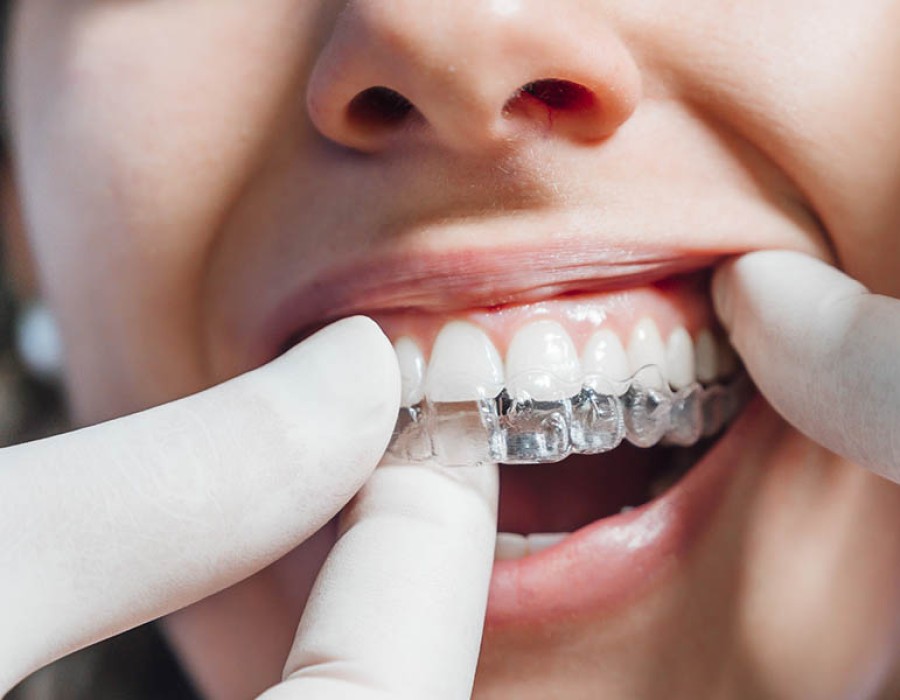Proper maintenance and care are essential for ensuring the effectiveness and longevity of your Aligners in Dubai. With the right practices, you can keep your aligners in optimal condition, avoid complications, and achieve the best results from your orthodontic treatment. This comprehensive guide provides detailed information on how to care for your dental aligners, including cleaning, handling, and maintaining oral hygiene.
1. Daily Cleaning Routine
1.1. Brushing Your Aligners
To maintain cleanliness and prevent the buildup of bacteria and plaque, it’s important to brush your aligners daily. Use a soft-bristled toothbrush to gently clean the surface of the aligners. Avoid using toothpaste with whitening agents or abrasive particles, as these can scratch the aligners and affect their clarity.
1.2. Rinsing Thoroughly
After brushing, rinse your aligners thoroughly with lukewarm water. This helps to remove any loose debris and prevent the accumulation of bacteria. Avoid using hot water, as it can warp the plastic material and affect the fit of the aligners.
1.3. Avoiding Harmful Substances
Refrain from using harsh chemicals, such as bleach or alcohol-based solutions, to clean your aligners. These substances can damage the aligner material and compromise its effectiveness. Instead, use cleaning solutions specifically designed for dental aligners, which are available from your orthodontist or at dental supply stores.
2. Proper Handling and Storage
2.1. Handling with Clean Hands
Always handle your aligners with clean hands to prevent transferring dirt or bacteria to the aligners. Wash your hands thoroughly with soap and water before touching your aligners to ensure they remain free from contaminants.
2.2. Storing Your Aligners
When not in use, store your aligners in the provided storage case. The case protects the aligners from damage and keeps them hygienic. Avoid placing the aligners in a tissue or napkin, as they can easily be misplaced or damaged.
2.3. Avoiding Heat and Sunlight
Keep your aligners away from heat sources and direct sunlight. High temperatures can cause the aligners to warp, affecting their fit and effectiveness. Store them in a cool, dry place to maintain their integrity.
3. Maintaining Oral Hygiene
3.1. Brushing and Flossing
Maintaining good oral hygiene is crucial for the success of your aligner treatment. Brush your teeth at least twice a day and floss daily to remove plaque and food particles. This helps to prevent the buildup of bacteria and ensures that your teeth remain healthy throughout the treatment.
3.2. Using Mouthwash
In addition to brushing and flossing, consider using an antimicrobial mouthwash to further reduce bacteria and keep your breath fresh. Choose a mouthwash that is alcohol-free to avoid any potential irritation or dryness.
3.3. Regular Dental Check-Ups
Schedule regular dental check-ups and cleanings to monitor the health of your teeth and gums. Your dentist or orthodontist will evaluate your oral health, provide professional cleaning, and address any issues that may arise during your aligner treatment.
4. Dealing with Common Issues
4.1. Stains and Discoloration
Aligners can become discolored over time due to the consumption of certain foods and drinks. To minimize staining, remove your aligners before eating or drinking anything other than water. If discoloration occurs, consult your orthodontist for advice on cleaning or replacement options.
4.2. Discomfort or Fit Issues
If you experience discomfort or notice that your aligners are not fitting properly, contact your orthodontist. Discomfort can sometimes be resolved with minor adjustments or by ensuring that the aligners are being worn correctly. Do not attempt to fix the aligners yourself, as this could affect the treatment outcome.
4.3. Lost or Damaged Aligners
If you lose or damage an aligner, notify your orthodontist immediately. They can provide guidance on how to proceed and may recommend wearing the previous set of aligners temporarily until a replacement can be made. Avoid skipping aligners or making adjustments without professional advice.
5. Adhering to the Treatment Plan
5.1. Following the Wear Schedule
To achieve the best results, adhere to the recommended wear schedule for your aligners. Typically, aligners should be worn for 20-22 hours per day and only removed for eating, drinking, and oral hygiene. Consistent wear is crucial for ensuring that your teeth move as planned.
5.2. Changing Aligners on Time
Follow your orthodontist’s instructions regarding the timing of changing aligners. Switching to the next set at the appropriate time helps maintain the progression of your treatment and ensures that your teeth continue to shift according to the treatment plan.
5.3. Attending Regular Check-Ups
Keep up with scheduled check-ups to monitor your progress and make any necessary adjustments to your treatment. Regular visits allow your orthodontist to assess the effectiveness of the aligners and ensure that your treatment is on track.
Conclusion
Proper maintenance and care of your dental aligners are essential for achieving the best results from your orthodontic treatment. By following a daily cleaning routine, handling and storing your aligners correctly, maintaining good oral hygiene, and addressing common issues promptly, you can ensure that your aligners remain effective and comfortable throughout your treatment. Adhering to the prescribed treatment plan and attending regular check-ups will help you achieve a beautiful, straight smile with the help of your dental aligners.





Comments